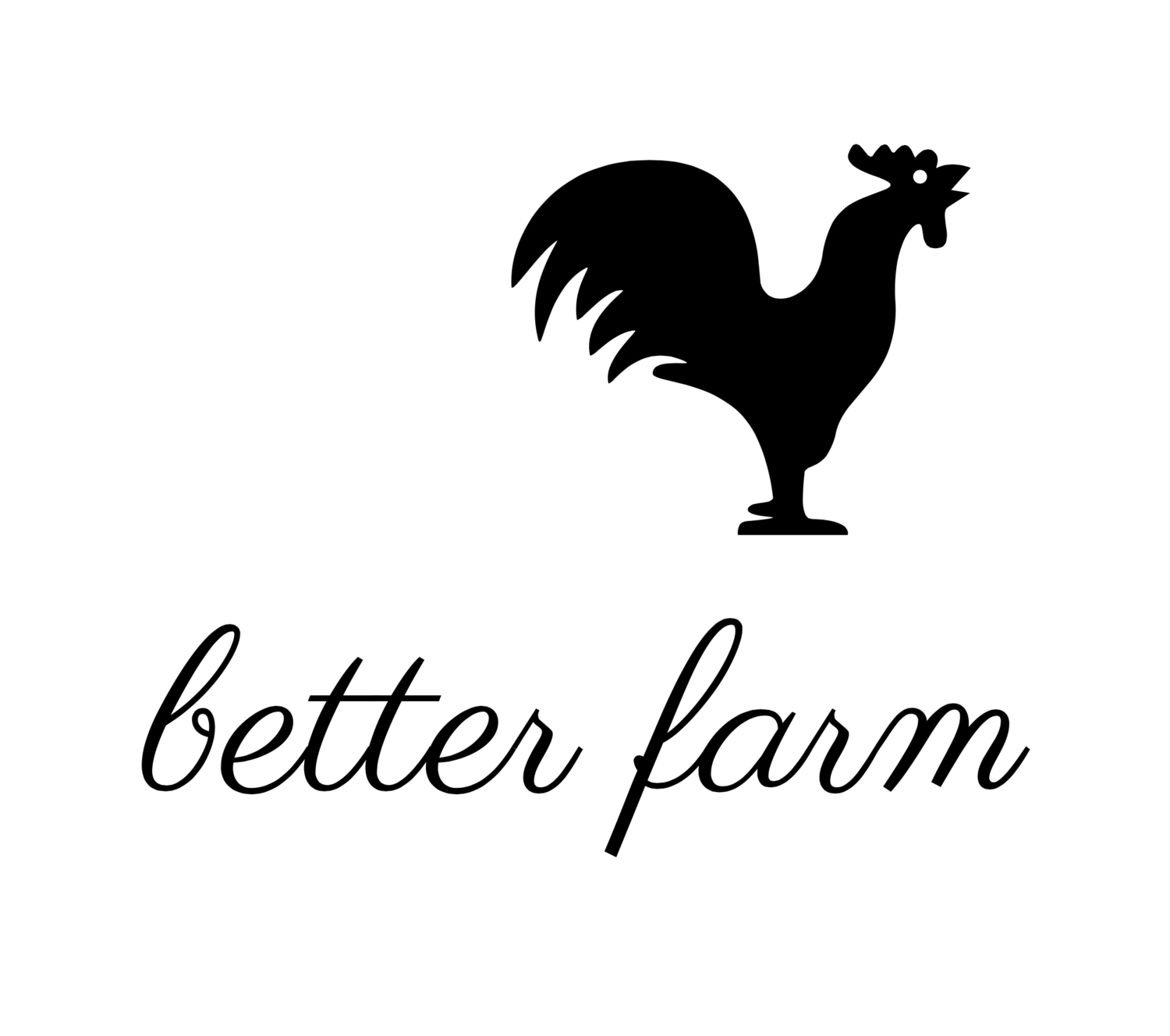DIY Soap
/We started by cutting off a large chunk of a clear glycerin soap brick and heating it using the double boil method. To double boil the soap, we started boiling water in a regular pot and then placed a large glass bowl with the soap in it on top to melt. It’s important to remain attentive to the melting soap and stir it frequently while it’s boiling to avoid the soap hardening again before it is done.
After the soap was completely melted, we poured it into several small molds and began adding essential oils and herbs from the herb garden. Since we used six different molds, we made a variety of soaps. In one mold, we mixed eucalyptus oil and tea tree oil. In another, we used finely chopped sage leaves from the herb garden and chamomile oil. After adding oils and herbs, the only thing left to do is wait for the soap to harden and then remove it from the mold.
















































































































